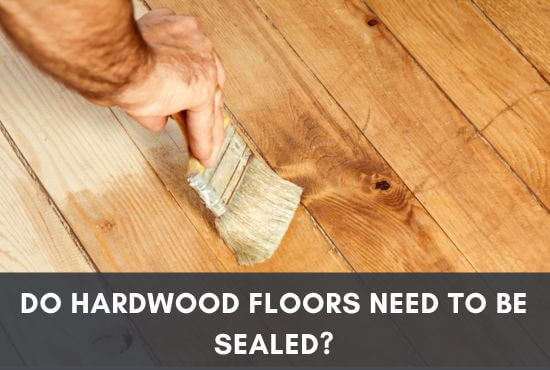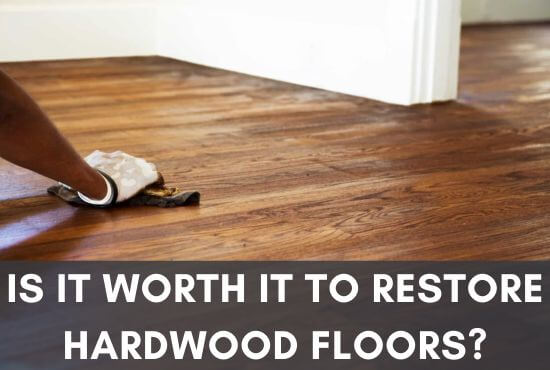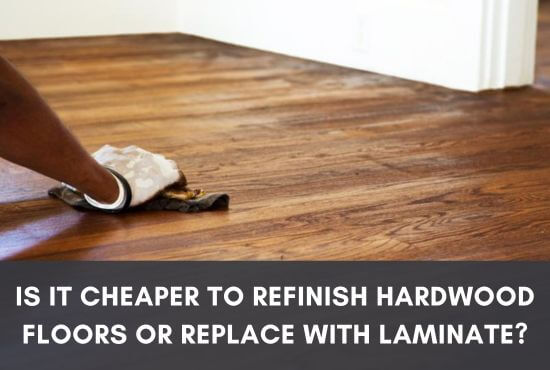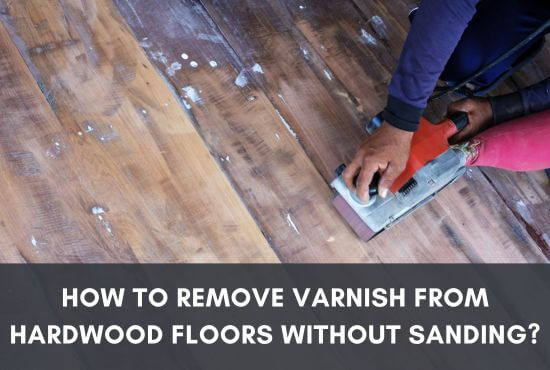Hardwood floors can be damaged quite easily if there is extensive traffic on the floors. However, in some scenarios, the floors can get damaged from a specific area.
This can be the result of an accident, for instance; dropping or dragging something heavy, or the result of extensive traffic in one specific spot.
Such occurrences are a nuisance as it is not suitable to strip off the entire floor’s finish or treat the entire floor for that one spot.
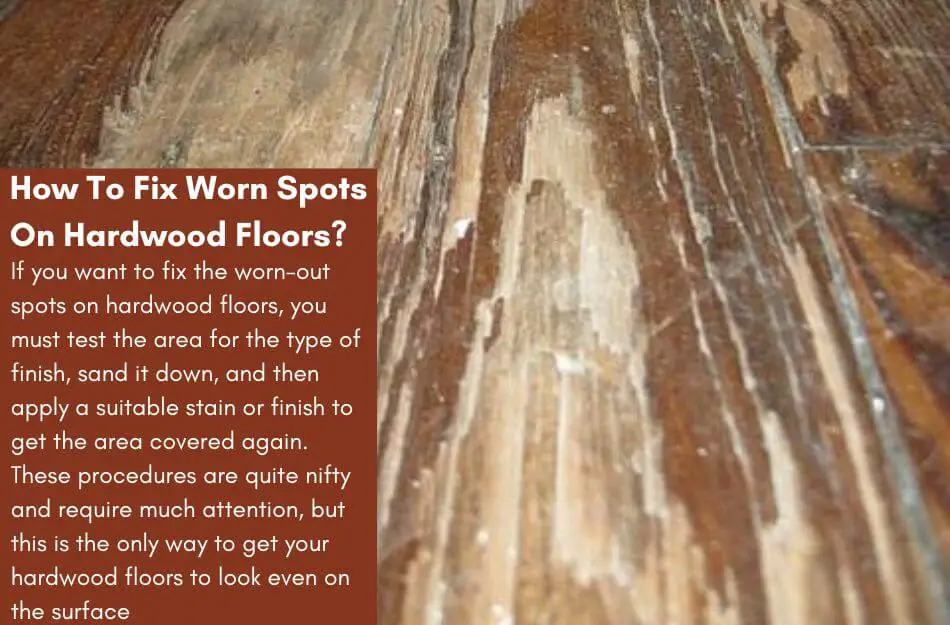
However, you can fix worn spots on hardwood floors to save yourself the extra effort by refinishing one specific area.
Just as you would do with the entire hardwood floor, you can refinish a single spot which is worn out to make it even and balanced with the rest of the floors.
The process is very simple and detailed later in the article. Therefore, make sure to read it carefully so you don’t miss out on any important points.
Table of Contents
How To Fix Worn Spots On Hardwood Floors?
If you want to fix the worn-out spots on hardwood floors, you must test the area for the type of finish, sand it down, and then apply a suitable stain or finish to get the area covered again.
These procedures are quite nifty and require much attention, but this is the only way to get your hardwood floors to look even on the surface.
However, if you do not favor spot-repairing or can’t do it for any reason, you would have to strip off the entire finish and then work the area.
Then the entire refinishing process would be repeated, which can cost you a few hundred dollars depending upon the size of your flooring.
Therefore, fixing the worn-out area is preferred so you don’t have to work or pay extra unnecessarily.
Test Out The Finish
Fixing a worn-out spot requires understanding the type of finish on your hardwood floors. If your floors are unfinished, you can skip this part and jump to the next step immediately.
However, if your floors are finished, you must find out the type of finish used to cover your wooden surface, as this is crucial when you must reseal the surface.
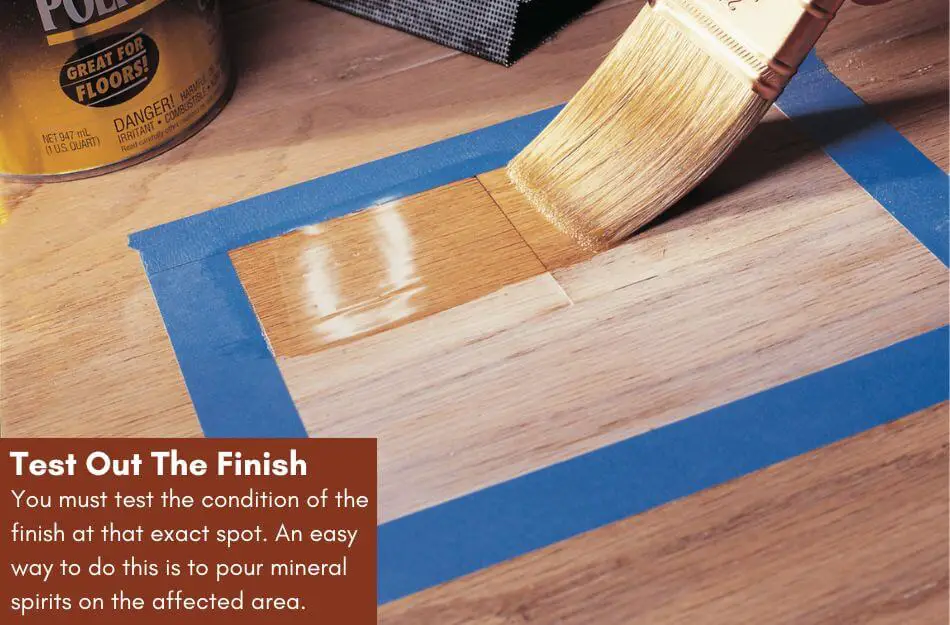
The worn-out spot will need to be finished again after the repair process. As you wouldn’t want to coat the area with the wrong type of finish which does not match the surroundings, it is necessary to know the type of finish used.
Moreover, you must also test the condition of the finish at that exact spot. An easy way to do this is to pour mineral spirits on the affected area.
However, ensure not to go overboard as you can damage the hardwood surface with too much solution. After a few minutes, wipe the area with a clean cloth and check.
The finish is almost worn out from the surface if there is no residue on the cloth. If the residue is clear and whitish, you probably have a water-based polyurethane finish on the floors.
Besides, if the residue is yellowish, the finish is oil-based polyurethane; lastly, the floors have been coated with wax if the residue is brownish.
If the worn-out area needs more finish for the test, you can perform this test on any other place on the floor that is not easily visible.
Sand The Area
Now that you know the type of sealant used to seal the hardwood floors, you should move on to the next step, sanding down the worn-out area.
Sanding hardwood floors is a highly efficient process that can cure 90% of the problems in wood’s surface. It can easily eliminate scratches, scuff marks, stains, and other types of damage.
As the area is very small, it is not suitable to use a drum sander or a hand-held automatic sander as you won’t be able to hit the target precisely.
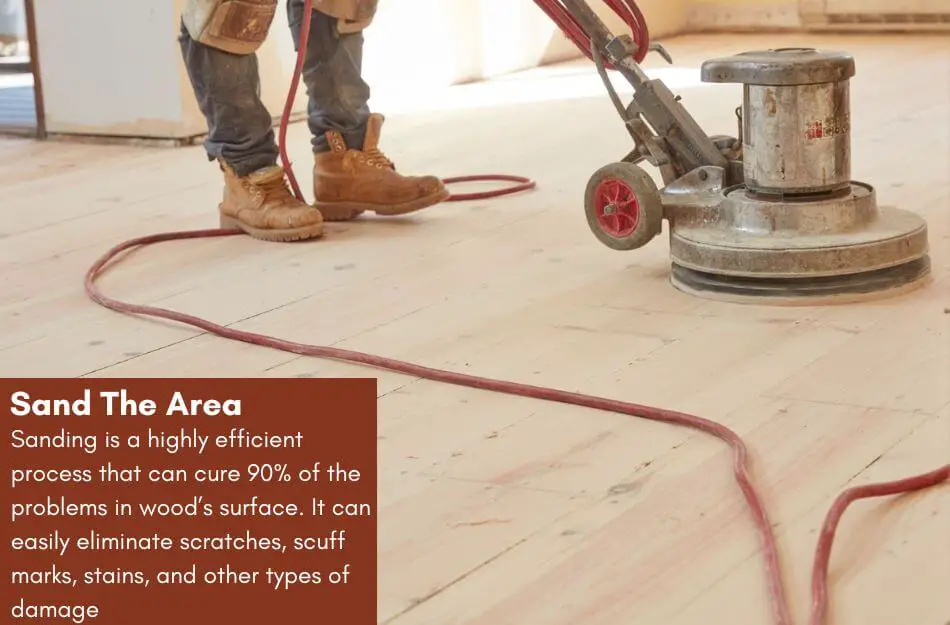
Hence, it is preferred to use sandpapers and perform the task manually so you don’t damage or affect the area in the vicinity.
As the intensity of manual sanding is very low, you must start with a higher grit than normal so that the process becomes easier and does not take too much time.
A suitable rating is to start with 180 grit and move on to 240 according to the surface and the damage.
Furthermore, try to work along the wood grain and not against it to make it finer and get a new layer of fresh wood grain from underneath.
Once you are done sanding and the worn-out area has improved its appearance, make sure to clean the area for further procedures.
You can use a vacuum to suck all the sawdust or a broom to collect remnants from the floor.
Stain If Necessary
This process is only recommended if you know the exact stain you used on your floors and the right consistency and color palette.
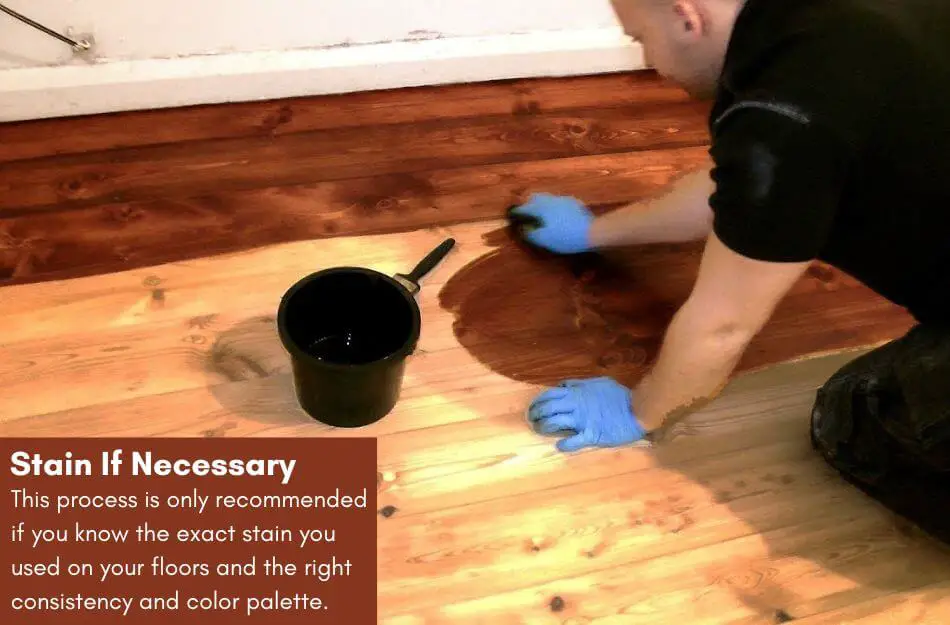
Stains give a good color to your hardwood floors and make them appear even more beautiful. However, there are many shades and tones of colors available.
This makes it impossible to know which color was used originally or which product was chosen at first.
Besides, many shades are made by mixing a few colors and adding other ingredients to neutralize the colors.
If you know the exact composition, you should only stain the surface. Otherwise, it would be best to refrain from doing so.
However, if you have the right composition, make the same stain again in a very small amount so the area can be stained again.
You need to use a 2-3-inch wide brush for this purpose, as applying with an applicator pad or roller is impossible.
Seal The Area
After staining, you should allow the stain to dry completely before moving toward the sealing process.
The usual time for drying is 6-12 hours, but as the area is very small, it might dry in 2-3 hours. Please check for a dry surface before you move to finish.
Once the stain has dried, move towards finishing the area again with the type of finish you identified during the first step.
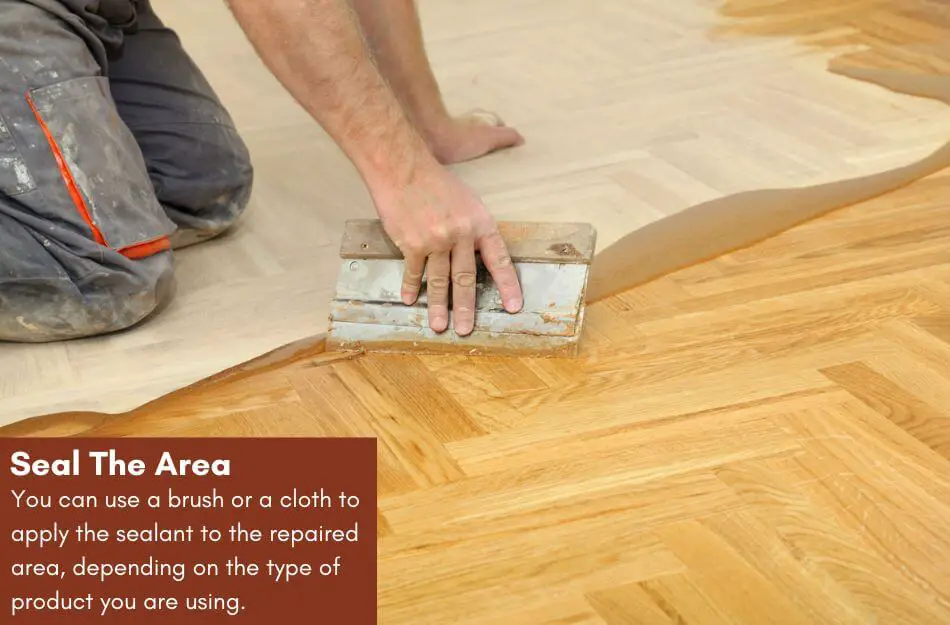
You can use a brush or a cloth to apply the sealant to the repaired area, depending on the type of product you are using.
After applying the finish, allow it to dry for a few hours. Once dried, lightly buff the area with a lint-free microfiber cloth.
Can You Fix Stains On Hardwood Floors?
Stains can easily be fixed on hardwood floors using a mixture of baking soda and vinegar.
The baking soda absorbs the staining substance and absorbs any bad odors and toxins while the vinegar cleanses the wood’s surface to make it clean and spotless again.
Together, both of these can completely remove the stain and any bad smells. All you must do is make a mixture of these two substances and place it on the affected area.
Use a sponge to rub it in and leave it overnight. Then, wipe it with a damp cloth to reveal a clean surface from underneath.
Can You Sand And Refinish One Spot On Hardwood Floors?
Yes, it is possible to sand and refinish a single spot rather than the entire floor. You will proceed with the same process but on a smaller scale.
The entire sanding and refinishing procedure is mentioned above so make sure to check it out.
How Do You Fix Scarred Wood Floors?
There are a few methods of fixing scars on wooden floors such as using wood putty or epoxy glue. However, these might differ according to the situation you are in and the type of scar on your hardwood floors.
If the scar is minor and not too deep, you can try rubbing a wax filler stick into the area. This will fill up the scar and ensure that it is not left untouched.
Moreover, you can apply some stain over the area to match the wood’s color.
For deep scars, a wood putty with a similar color to the wood should be used to fill it up. However, you must ensure that the floor is sealed from that place afterward.
Lastly, if there are small holes or dents, you can use epoxy glue to fill them up and make them less visible.
Conclusion
Hardwood floors can get damaged as it is part of the process, however, if they are damaged or worn out from a single spot, you don’t need to get the entire floors refinished.
You can refinish them partially or on the single spot that is damaged. Moreover, if your finish does not allow for the application of another coat on top of the existing one, try using a chemical bonding agent to make them stick together.
If you also have worn spots in your hardwood floors, use the method mentioned above to fix the floors and make them new again!

As a co-creator of FlooringFlow.com, Emma Sophia comes on board to answer all your questions related to any flooring problems. Together with John Henry, she’s gained extensive experience in fixing many flooring problems in their own house as well as in friends and family’s. Now, she wants to share her knowledge that she gained during floor remodeling, restoring, and DIY projects.

